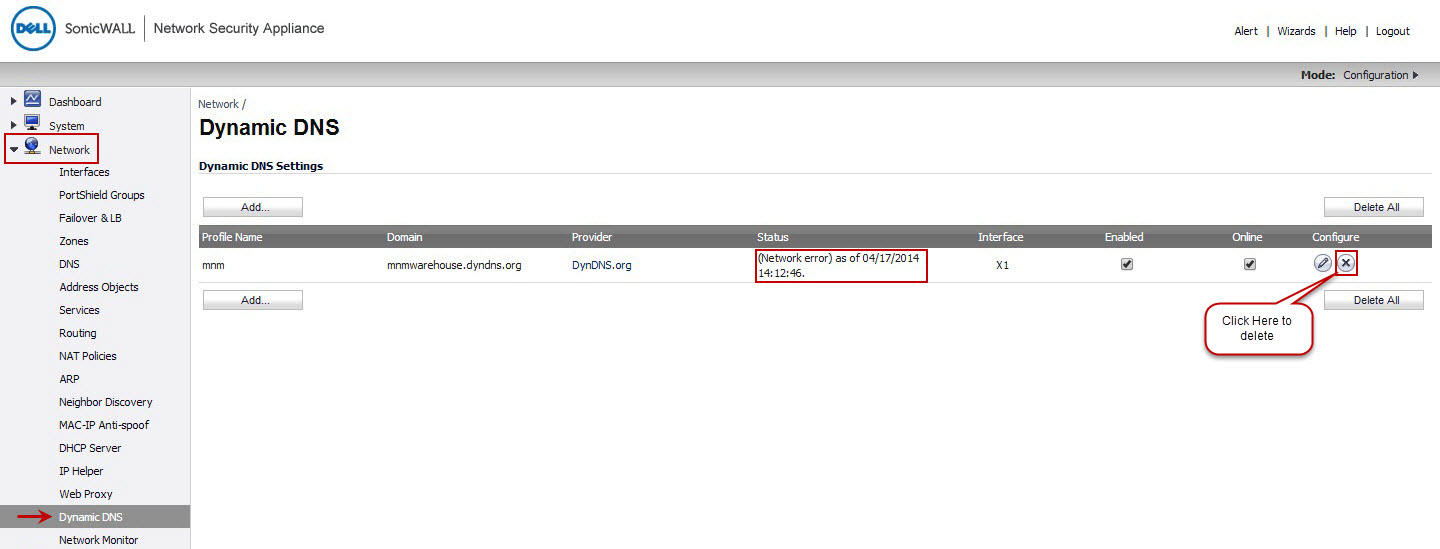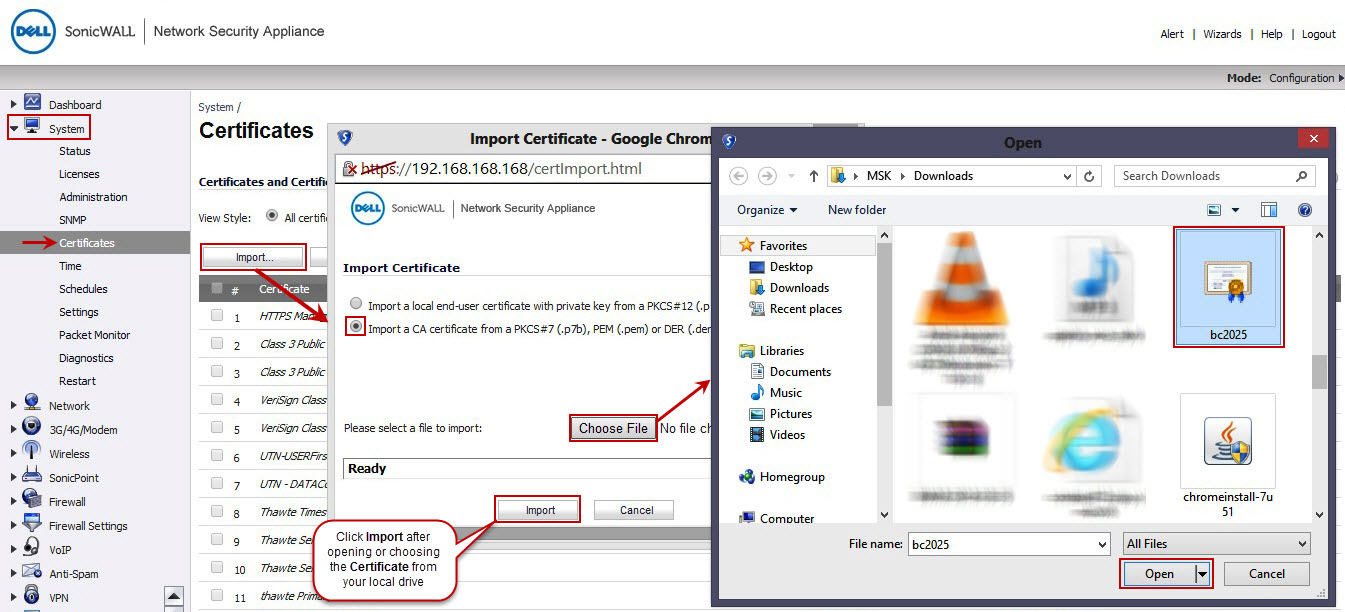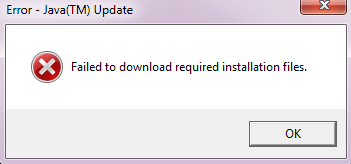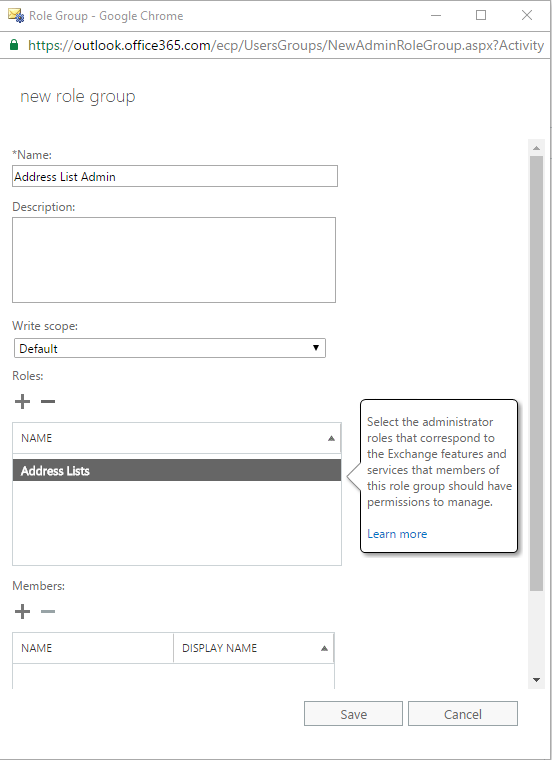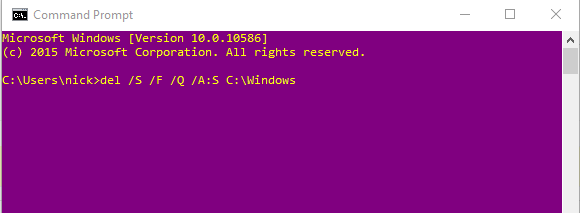On occasion you may have to force a deletion of a user, or perhaps a user has been deleted but you need to assign that old email address to someone else.
This is when you need to purge deleted users from Office365.
To do so you need to open up powershell and connect to your office 365 tennancy – you can use connect-msolservice to do so,
Next check which deleted users are currently in the recycle bin:
Get-MsolUser -ReturnDeletedUsers
If there is only one, or you wish to remove all users that have been listed:
-ReturnDeletedUsers | Remove-MsolUser -RemoveFromRecycleBin -Force
If you only want to delete and purge a single user from the Recycle bin – you can use the below:
-ReturnDeletedUsers |Remove-MsolUser -UserPrincipalName “[user’s email address]” -RemoveFromRecycleBin -Force
Sorted, you can now re-use the smtp address or recreate the user. for other ways to Purge deleted users see future posts.

![Change a computer name remotely – [SOLVED] Using CMD and psexec](https://cannotdisplay.com/wp-content/uploads/2017/04/changecomputername.png)
![Acronis error 1603 [SOLVED]](https://cannotdisplay.com/wp-content/uploads/2017/04/Acronis-error-1603-.png)
